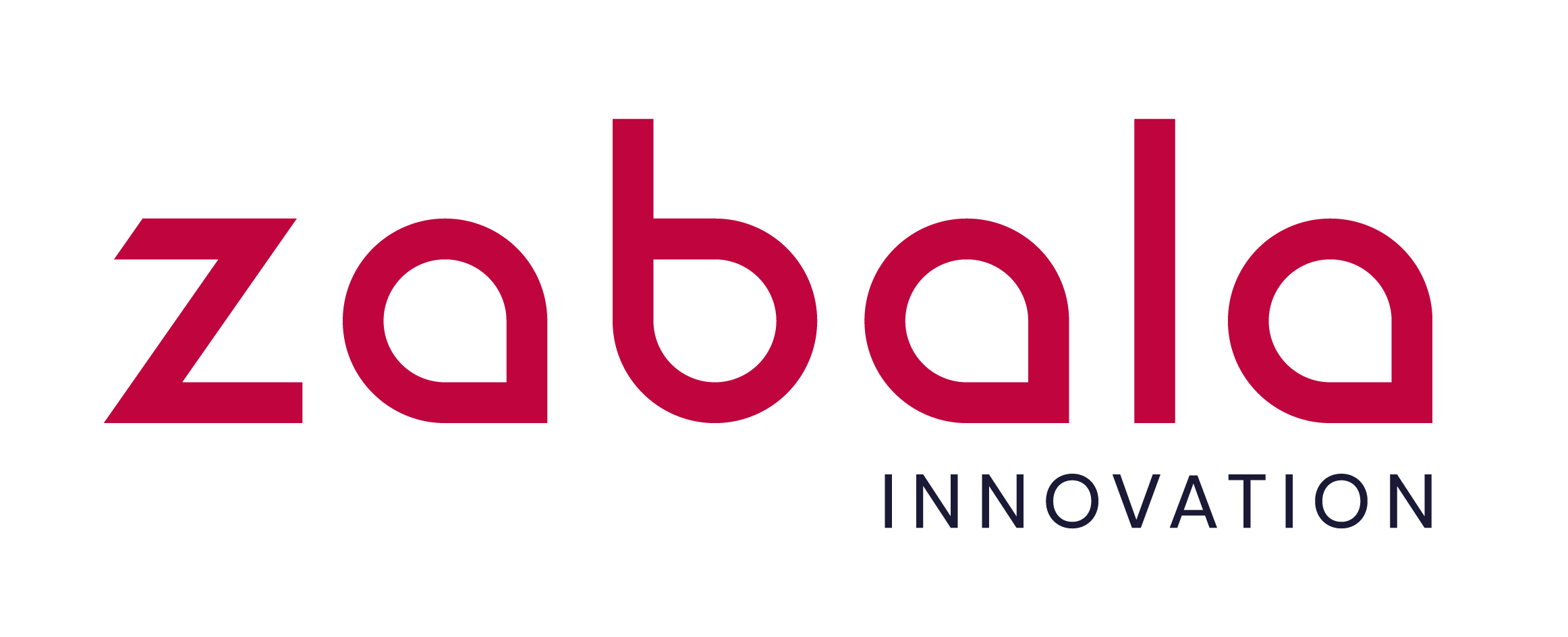In this article, we will explore how our RFID tags are designed to ensure traceability and safety in the food industry.
Conditions RFID Tags for Food Must Meet
Radio Frequency Identification (RFID) is a technology that facilitates tracking products in the food sector. RFID tags offer significant benefits for supply chain management and food safety. However, these tags must meet certain conditions to be effective and comply with the standards required by authorities and consumers. In this article, we will look at the main conditions that RFID tags for food must meet.
Resistance to Environmental Conditions
RFID tags for food must be able to withstand adverse conditions throughout the supply chain. This includes extreme temperatures, high humidity, and contact with chemicals and liquids. The tags need to be waterproof and corrosion-resistant to function well in hostile environments. They also need to endure vibrations, shocks, and drops without getting damaged.
Precision in Data Reading
Precision in data reading is crucial for RFID tags for food. They need to capture and transmit data accurately and reliably. This involves achieving a high success rate in reading even in challenging environments, such as near metals and liquids. Additionally, the tags need to work at both long and short distances to communicate effectively with RFID readers at any stage of the supply chain.
Compliance with Regulations and Standards
RFID tags must comply with regulations on food safety and traceability. They need to be manufactured and managed to high-quality standards and comply with the norms set by government authorities and industry organizations. This includes compliance with quality standards like ISO 9001 and food safety certifications like ISO 22000.
Privacy and Security Protection
RFID tags for food must be designed to protect consumers’ privacy and security. They need to ensure that confidential and personal information is not accessible to unauthorized third parties. This involves using encryption and authentication measures to maintain data integrity and prevent unauthorized access.
Extended Shelf Life
RFID tags need to have an extended shelf life to function well in the long-term supply chain. They need to maintain functionality and data integrity for a long time, even in challenging storage and transportation conditions. Additionally, they need to be easy to maintain and replace when necessary, to reduce costs and environmental impact.
RFID tags for food are crucial for supply chain management and food safety. To be effective, these tags must meet key conditions such as resistance to environmental conditions, precision in data reading, compliance with regulations and standards, privacy and security protection, and extended shelf life. When choosing RFID tags for food, it’s important to consider these factors to ensure the end product is of good quality and reliable.
Contact us for more information focused on your needs. If you wish to receive information about RFID technology, subscribe to our magazine.






